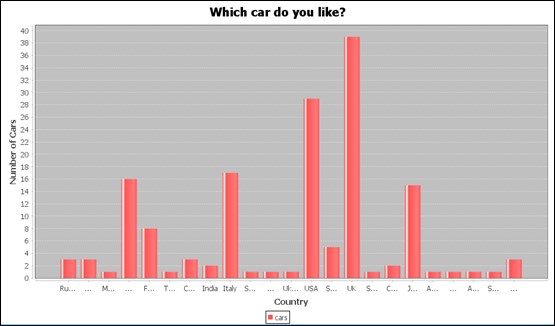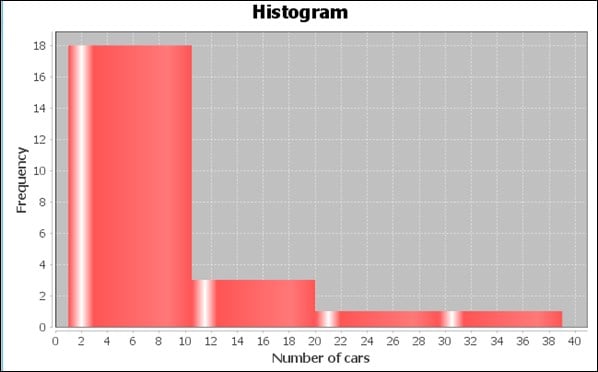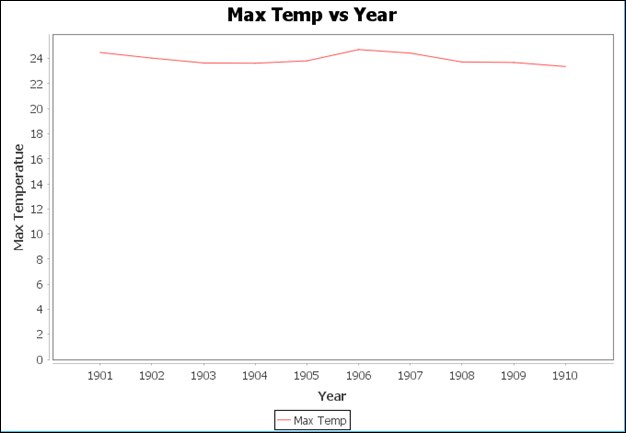It's easier to analyze your data once you can view it. Viewing data requires putting your data points in charts or graphs that you can visualize and figure out the various details. You can also generate charts/graphs after running your analytic logic. This way you can visualize your analytical results as well. As a Java developer you have lots of open source tools at your disposal that you can use for visualizing your data and the results.
In this chapter we will cover:
Six types of charts and their general use and concepts
Sample datasets used in building the charts
Brief JFreeChart introduction
An example of each type of chart using the JFreeChart and Apache Spark API on big data




